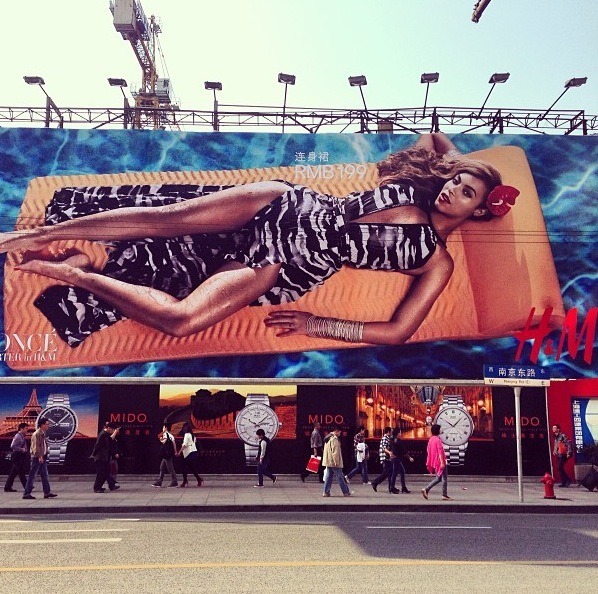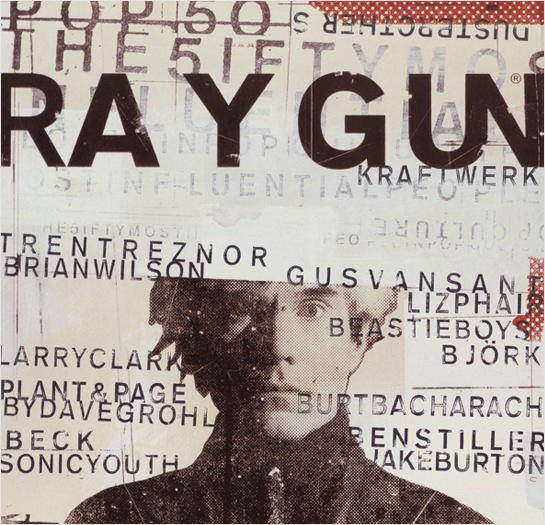[Azealia Banks]
Overall, I really enjoyed this class. I was looking forward to learning new techniques and using programs I have never used before. Back then I used to use Photoshop CS3 (yikes!) and now experiencing 6, I was feeling like I was going to be set back. But I wasn't!
The one thing that kept me back were the blogs. I would forget sometimes, even if I wrote them in my planner. With those, as you can see I would do research on graphic designers I never heard of and learn more about graphic design as a whole. Some of the blogs were pretty fun and it was nice to read others from my classmates and others.
I can really say I did like doing the projects, but I will stick with the brochure being my favorite. The poster was fun to do too, besides the challenge of finding an image. I had a good one too! This one I used for my poster did turn up a better though, just a tad bit small.
Graphic design is almost everywhere. Crammed into our homes, all over our cities and dotted around the countryside, its images, letters, colours and shapes are consciously put together to perform all sorts of functions.
I really enjoyed this course, thanks Amy!









